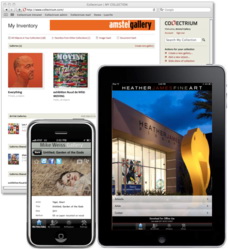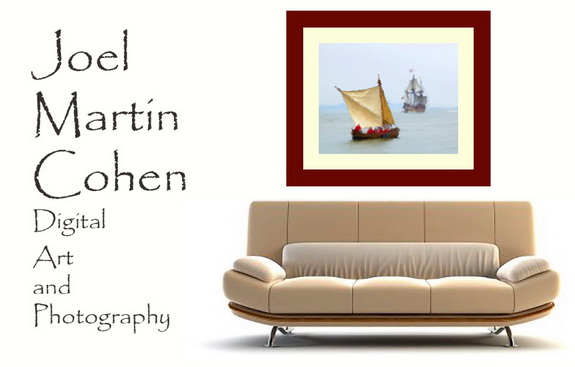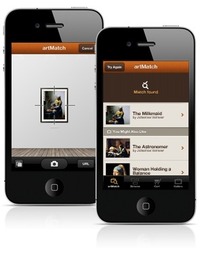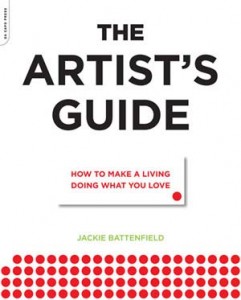 ARTISTS. A new 46-page e-book from art-print expert Barney Davey can help you determine the “sweet spot” price range for your art prints. Once you find the “sweet spot,” you won’t lose sales because your work is overpriced or lose revenues because your work is underpriced. In other words, you will get fair value for each art print you sell.
ARTISTS. A new 46-page e-book from art-print expert Barney Davey can help you determine the “sweet spot” price range for your art prints. Once you find the “sweet spot,” you won’t lose sales because your work is overpriced or lose revenues because your work is underpriced. In other words, you will get fair value for each art print you sell.
Entitled “How to Price Digital Fine Art Prints: Tips from Top Art Marketing Minds,” the e-book offers useful information on how to price digital reproductions of original art (giclées) , fine-art photography prints, and digital fine-art prints (prints of digitally created art). The book offers insights, advice and experiences from a variety of experts in art marketing, digital printmaking, art-print publishing, and digital arts.
Their insights reinforce the fact that pricing giclees and digital fine art prints is a subjective undertaking. Although you won’t find a magic pricing formula that works equally well for all artists, you can read a range of viewpoints and ideas that can guide you in creating a pricing strategy that works for you. Below are some of the questions addressed in the book:
- Is pricing by the square inch the best method?
- What are some other ways to price prints besides per square inch?
- How important is consistency in pricing art prints across different distribution channels? For instance, does it harm an artist to have different prices on an artist website or blog, galleries, juried shows, online venues, art fairs and so forth?
- Should pricing for sale through galleries and dealer always be considered? In other words, if an artist is not in a gallery now, should her art prices include the markup to galleries? Or, only if there are plans to include galleries for distribution.
- Is there a range or formula for pricing open edition prints versus limited edition prints? In other words, if an open edition print from an artist sells for $200, should a limited edition print of the same size sell for $500, or 25% more?
- Does it do any harm for artists to create limited editions in different sizes?
- Can an artist number open editions?
- Should artists give galleries exclusives on certain images?
In the introduction to “How to Price Art Prints,” Davey admits that “Lining up your work and making decisions about what they are worth is a daunting task, especially at first.” But he says, it can become easier over time, especially when you start working with established criteria to facilitate the process.
“To be successful at pricing your work, you have to learn to remove your personal feelings about your work from your actual observations of its current market value,” states Davey. While this can be difficult to do, developing a system for pricing your prints can help you be more objective. Many of the ideas in the book can not only help you make smarter decisions about pricing your fine-art prints, but also your originals as well.
Barney Davey publishes the popular Art Print Issues blog and the online magazine Giclée Business News. A previous post on this blog discusses the recently updated version of Davey’s popular book: “How to Profit from the Art Print Market.”
LINKS
E-Book: How to Price Digital Fine Art Prints
Book: How to Profit from The Art Print Market
RELATED POST
Learn How to Profit from the Art Print Market










